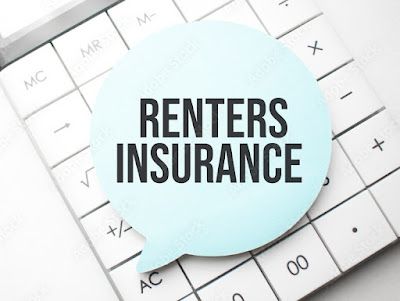



When renting a home, protecting your personal belongings might not always be top of mind — especially if the property itself is insured by the landlord. However, contents insurance for renters plays a vital role in safeguarding your possessions against loss, theft, and damage.
Whether you’re renting a furnished flat in London or a house share in Manchester, having the right insurance policy can offer peace of mind and financial protection. In this guide, Fraser Bond explains what contents insurance is, why renters need it, what it typically covers, and how to choose the right policy.
Contents insurance covers the cost of repairing or replacing personal belongings within a rented home if they are damaged, lost, or stolen. It applies to items not fixed to the property, such as:
Furniture (if it belongs to the tenant)
Electronics and appliances
Clothing and jewellery
Kitchenware
Books, gadgets, and valuables
Landlords are generally responsible for insuring the building and any fixtures or furnishings they provide, but tenants are responsible for insuring their own possessions.
Accidents happen — from burst pipes to break-ins. Contents insurance ensures you’re not left covering the full cost of replacing essential items out of pocket.
If your home is burgled or your belongings are damaged due to forced entry, contents insurance can reimburse you for stolen or destroyed items.
Many policies offer tenant liability cover, which protects you if you accidentally damage the landlord’s property (e.g. staining carpets or breaking windows).
Some policies include temporary cover during house moves, a useful feature if you’re relocating between rented properties.
Contents insurance is generally affordable, and policies can be tailored to match your lifestyle — whether you want basic coverage or protection for high-value items.
Most contents insurance policies for renters in the UK include protection for:
Theft and attempted theft
Fire, smoke, and explosion damage
Water damage (e.g. burst pipes or floods)
Storm and weather-related damage
Accidental damage (optional on many policies)
Alternative accommodation if your rented home becomes uninhabitable due to an insured event
Additional options may include:
Cover for bicycles or tech used outside the home
Legal expenses
High-value item cover (e.g. watches, laptops, instruments)
It's important to understand what may be excluded:
Wear and tear
Damage due to negligence (e.g. leaving windows open)
Items not listed under specified valuables (if applicable)
Business equipment or stock (if running a business from home)
Always read the policy terms and exclusions carefully.
To determine how much cover to purchase:
Take an inventory of your personal belongings.
Estimate the replacement value of each item.
Use insurer tools or calculators to help avoid underinsurance.
It's vital to ensure the sum insured reflects the total value of your possessions, not just a few key items.
At Fraser Bond, we prioritise not only finding our clients the right rental property but also ensuring they feel protected and informed. While we do not sell insurance, we educate tenants on best practices and provide guidance on:
Understanding the differences between building and contents insurance
Identifying trusted insurance providers
Knowing what to ask when choosing a policy
Avoiding common pitfalls, like underinsurance or overlapping cover
Our aim is to help tenants settle into their new homes with confidence and security.
While contents insurance is not legally required for renters in the UK, it is strongly recommended. Whether you're renting long-term or just moving in temporarily, protecting your personal belongings with the right cover is a smart financial move.
Fraser Bond encourages all tenants to explore their insurance options early and ensure their possessions are properly protected. A modest monthly premium today could prevent significant losses tomorrow.